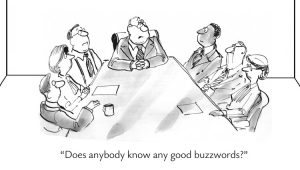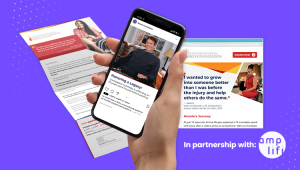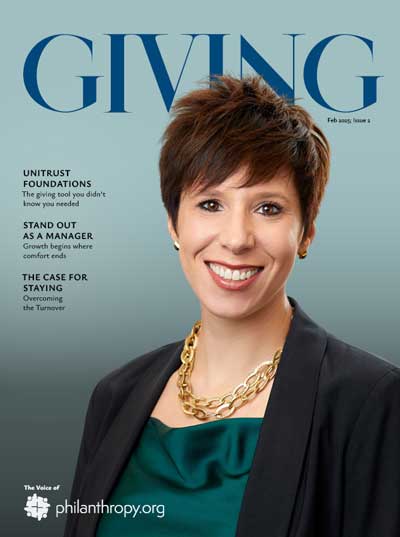
100 Delusions
100 Fundraising Delusions (and the People Who Still Believe Them) isn’t a blog. It’s a mirror—and not the flattering kind. After 26 years in this business, I’ve heard it all: the excuses, the sacred cows, the budget-killing fantasy thinking. From “We need younger donors” to “We’ve got FreeWill, so we’re covered,” this list delivers 100 cold truths—each one a quiet reason your fundraising isn’t working. If you see yourself in a few, congratulations—you’re self-aware. If you don’t see yourself at all?
Well… that’s Delusion No. 100.









